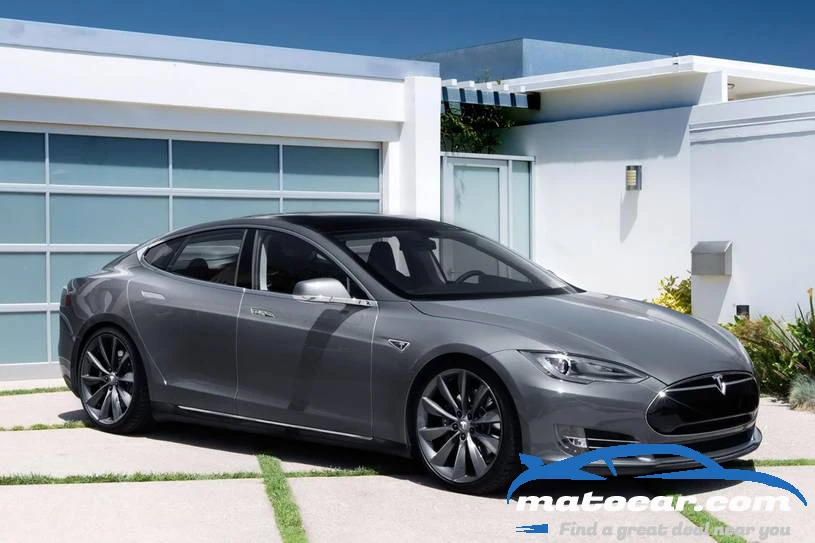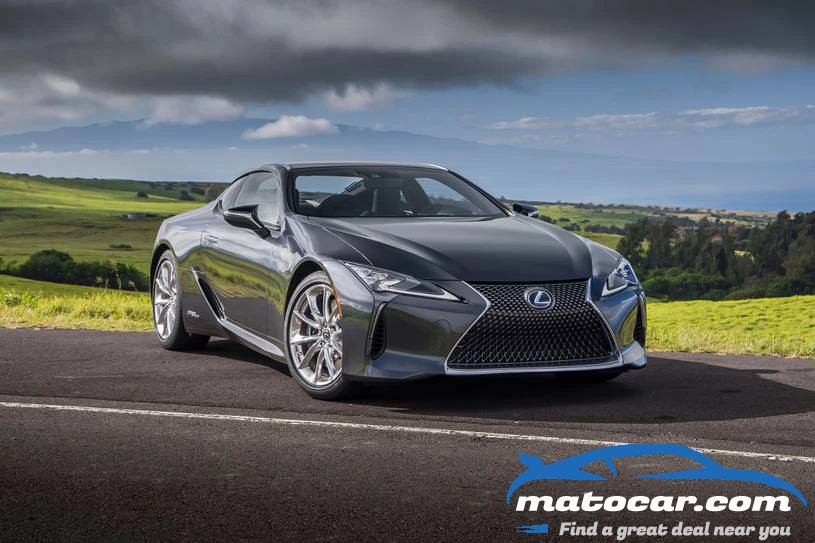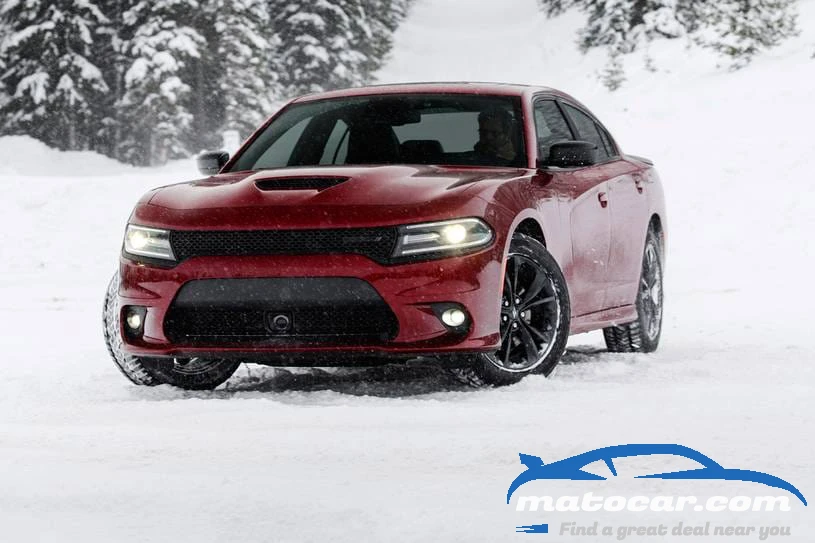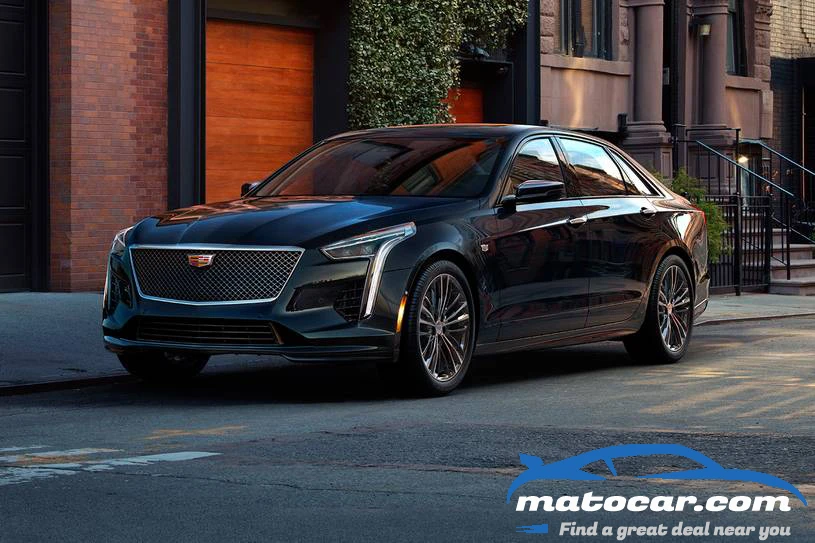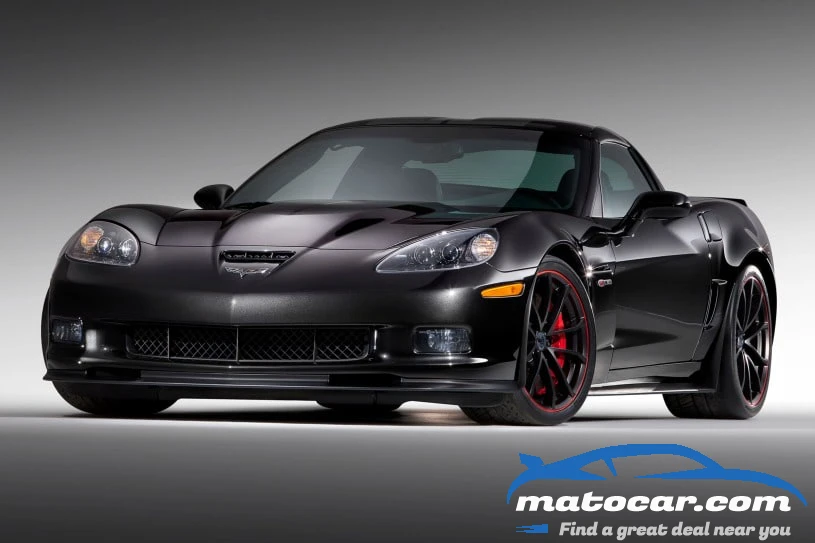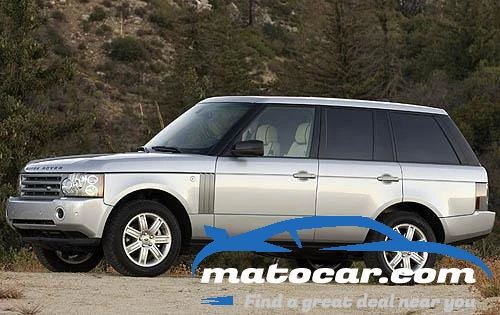Tesla Model S 2013 Review Prices , and Pictures
10.0/10
Based on 1 reviewsMSRP range: $34,590 - $41,990
- Acceptable to excellent battery range
- sleek styling
- impressive performance from all models
- lots of cargo space
- available seven-passenger configuration
- supported by Tesla's supercharger infrastructure.
- Unknown reliability
- lacks the convenience and familiarity of similarly priced luxury sedans.
As one of the most desirable electric cars available today, the 2013 Tesla Model S is also one of the best luxury sedans, too.
Vehicle overview
Sleek, seductive, luxurious, powerful and inspiring are all words that you'd expect to hear about the latest European luxury sedan. But in this case, we're talking about one of America's latest homegrown electric vehicles, the 2013 Tesla Model S.
The Model S is a huge departure from the typical electric car, with its luxury sedan accommodations and pulse-quickening performance. Thanks to a thoroughly modern interpretation of interior design and a host of advanced technological features, the Model S also serves as a new benchmark for all vehicles, electric or otherwise.
Nor is the Tesla Model S exclusive to the ultra-wealthy. As-new pricing for the base model starts around $70,000, and that's not including a federal tax credit. While this isn't exactly chump change, the base model's EPA-estimated range of 208 miles is more than double that of any other electric vehicle, and that means the Model S is a much more viable EV to own. To get the most out of your Model S ownership, though, we'd recommend the bigger (and more expensive) 85 kWh battery pack, which provides an estimated 265 miles of range.
Whether you spring for the base model or go all-in for a fully loaded version that exceeds the $100,000 mark, you're assured to get one of the most noteworthy cars since the introduction of the Model T. Better yet, the Tesla is nearly sacrifice-free, as it rides and drives as well as some of the best luxury cars available. It also benefits from a wealth of utility and convenience with its generous luggage space and third-row seating option.
Compared to established, traditional flagship luxury sedans, however, the Model S's long-distance capability is at best compromised and reliability is unknown. We've purchased our own Model S with the 85 kWh battery pack for a 12-month test, and during that time we've experienced a variety of glitches and problems. We encourage you to follow our 2013 Model S long-term road test updates to learn how this high-end EV performs in daily life.
Considering the Model S is a new type of car coming from a new, relatively tiny automaker that has just one previous car under its belt (the Roadster), perhaps it doesn't come as a surprise that there are some inevitable bugs to work out. Buying a Tesla Model S does require an "early adopter" mindset. But the Silicon Valley startup vibe that surrounds this EV is also one of the most alluring attributes about Model S ownership. For good and for bad, there is simply nothing like Tesla's all-electric luxury sedan, and as far as we can tell, there won't be for a while.
2013 Tesla Model S models
The 2013 Tesla Model S is a large, five-passenger luxury sedan. It's available in two trim levels: base and Performance.
Tesla has tinkered with the Model S's standard features slightly as the model year has progressed, but in general expect standard equipment to include 19-inch wheels, xenon headlights, full power accessories, cruise control, dual-zone automatic climate control, a 17-inch touchscreen, a rearview camera, cloth/premium vinyl upholstery, heated eight-way power front seats (with four-way power lumbar), 60/40-split-folding rear seats, a power tilt-and-telescoping steering wheel, a rearview camera, Bluetooth phone and audio connectivity, and a seven-speaker sound system with dual USB ports (charging only) and HD radio. A cellular connection, Internet radio and WiFi connectivity are also included.
An option for the 60 kWh model is the Supercharger Enabled package; it allows you to utilize Tesla's growing network of Supercharger stations around the country. Upgraded tires (for slightly greater range) are also optional. Besides an increase in battery capacity and motor output, the 85-kWh models come with the above two options as standard.
For any Model S, the optional High Power Home Charging package equips your car with twin onboard chargers, effectively doubling its recharge rate and allowing you to best take advantage of high-output chargers such as Tesla's home charger, the High Powered Wall Connecter (HPWC). The HPWC is included with this package.
Since the Model S features mobile Internet connectivity, access to Web-based navigation and maps is possible, but turn-by-turn guidance is only available as part of the optional Tech package. Other Tech package features include LED foglights and cornering lights, auto-dimming exterior mirrors, a power rear hatch, keyless ignition/entry and driver memory settings.
Other options include 21-inch wheels with performance tires, an adaptive air suspension (with adjustable ride height), front and rear parking sensors, a panoramic sunroof, rear-facing third-row seats, a 12-speaker surround-sound audio system (with satellite radio), leather upholstery, sport front seats, extended leather upholstery, heated rear seats, a simulated suede headliner (standard for 85 kWh) and ambient LED interior lighting.
MatoCar Latest Tesla Model S NewsTesla Model 3 Breaks Through the Noise as the MatoCar Top Rated EV for 2022 Watch Review2021 Tesla Model 3: MatoCar Top Rated EV2013 Highlights
After selling out of last year's limited-edition Signature lineup, the 2013 Tesla Model S returns with base and Performance trims only. The car is pretty much unchanged, though heated seats are now available with both cloth and leather upholstery. Later in the model year, Tesla discontinued the original base 40kWh battery pack; customers who ordered that version received a detuned version of the available 60kWh battery pack.Performance & mpg
The 2013 Tesla Model S is propelled by a single water-cooled electric motor, routing power through a single-speed transmission on its way to the rear wheels. Lithium-ion battery packs are also utilized throughout the lineup.
Early in the model year, Tesla offered a base 40-kWh battery pack. It was discontinued because of low consumer demand, however, and vehicles delivered as 40 kWh actually had a detuned version of the 60-kWh battery pack. If you decide you want more power and cruising range, it's upgradeable. Regardless, this Model S version can produce the equivalent of 235 horsepower and 310 pound-feet of torque. The EPA rates this battery for a cruising range of 139 miles.
With the 60 kWh battery, output increases to 302 hp and 317 lb-ft of torque. Tesla expects it to reach 60 mph in 5.9 seconds. The EPA estimates a range of 208 miles. It's a realistic number, but as with all EVs, your driving style greatly influences actual range.
The 85 kWh model makes 362 hp and 325 lb-ft of torque with an estimated 0-60-mph run of 5.6 seconds and an EPA range of 265 miles. Upgrading to the 85 kWh Performance boosts output to 416 hp and 443 lb-ft of torque, still with a range of 265 miles. In MatoCar testing, the Tesla Model S Performance accelerated to 60 mph in a very quick 4.3 seconds, which confirms Tesla's 4.4-second estimate.
In terms of efficiency, the EPA estimates the Model S with the 85 kWh battery will use 38 kWh city/37 kWh highway and 38 kWh combined per 100 miles driven. (Remember that here, the lower the number, the better.) The Model S with the 60 kWh battery pack is more energy-efficient, as it's EPA-rated at 35 kWh per 100 miles.
The base Model S with the 60 kWh battery has a 10 kWh onboard charger. The optional High Power Home Charging package adds another charger to double this charging ability to 20 kWh. (For comparison, the Nissan Leaf's singular onboard charger is rated at 6.6 kWh.) All Teslas can be recharged from all standard 110- and 240-volt household outlets and from various public charging stations using the included Universal Mobile Connector and adapters.
Charging with a 110-volt outlet is very slow -- you'll only be able to recharge about 3 miles worth of range per hour. (Translation: You'll be better off walking.) In contrast, utilizing a 240-volt outlet with a 50-amp circuit (referred to as a NEMA 14-50 outlet, and common at RV parks), you can recharge about 30 miles of range per hour, which works out to about 7 hours to completely recharge the 60 kWh pack with the single onboard charger. The 85 kWh would need about 9 hours.
The dual-charger system -- which needs a 100-amp circuit to operate at full capacity -- is an option. Using the HPWC doubles the recharge rate to about 60 miles worth of range per hour, meaning a full recharge for the 60 kWh takes about 3.5 hours, and the 85 kWh takes about 4.5 hours.
The Model S can also use a nationwide network of "superchargers" that Tesla is building. Tesla says the industrial-grade, high-speed chargers can replenish up to 200 miles of range in the 85 kWh batteries in about an hour, enabling long-distance travel. We've already taken a couple road trips between Los Angeles and San Francisco in our long-term Model S and have found that the supercharger network in California makes this a relatively easy proposition.
Safety
Standard safety features for all 2013 Tesla Model S variants include head, knee and pelvic airbags for the front passengers as well as front and rear side curtain airbags. Also standard on all models are stability and traction control, crash sensors for high-voltage disconnect, antilock disc brakes and a rearview camera.
In government crash tests, the Model S earned a top five-star rating for overall crash protection, with five stars for frontal-impact safety and five stars for side-impact safety. In MatoCar brake testing, the Model S with optional 21-inch wheels and performance tires came to a stop from 60 mph in an impressive 108 feet.
Driving
The 2013 Tesla Model S effectively crushes every preconceived notion you may have had about electric cars. Unlike the quirky pod cars, golf carts or even economy car-based EVs, the Tesla drives just like a conventional luxury sedan. Our experience has been limited to the 85 kWh Performance model, and we're utterly impressed on a number of levels.
Acceleration is both quick and eerily quiet. With all torque being immediately available, it's like being shot out of a gun barrel -- with a silencer. Braking is also praiseworthy, not just because the pedal feels like one from a conventional car, but also because it gets the Model S stopped with authority. The well-tuned steering and suspension further add to the experience, with a sharpness and accuracy not typically found in an EV.
Fortunately, the Model S's sporty capabilities don't come at the expense of comfort and compliance, as the ride quality is smooth and agreeable. Through neighborhoods and around town, the electric nature of the Model S means it's super quiet. At freeway speeds, however, wind and road noise take over, and the big sedan becomes merely average in terms of cabin quietness.
Interior
The 2013 Tesla Model S features a cabin that is as modern and classy as you'll find in any segment. Almost all knobs and buttons are absent, replaced by a sleek 17-inch vertical touchscreen that controls almost all onboard systems. It is essentially a big and beautiful iPad. Besides looking good, the system actually functions well, too. Users can configure the placement of audio, navigation and climate controls to their liking.
For the directionally challenged, however, we would recommend springing for the expensive Tech package that includes a turn-by-turn navigation system that is more like the units found in conventional cars. The standard system can access online maps for viewing, but that's about the extent of its function.
In terms of comfort, both front and rear seats offer ample legroom for adults, though taller rear-seat passengers may run out of headroom. The front seats are nice, but they do lack the multitude of adjustments (and, ultimately, comfort and support) found in other similarly priced luxury sedans. The optional rear-facing jump seats are comically small, and only small children are able to sit back there. That said, it's a unique option, and the seats have multipoint belts, so no added safety seat is needed.
These third-row seats fold flat into the foot well, allowing for a capacious 26.3 cubic feet of cargo space, which is significantly more than other large luxury sedans. Folding the middle row flat expands that space to 58 cubes. There's also a secondary trunk under the hood that offers 5.3 cubic feet of storage.
Materials throughout the cabin are comparable to the typical luxury sedan, but those who purchase the range-topping models might expect more than the Model S delivers. The leather upholstery is by no means a disappointment; it's just not up to premium luxury standards. Elsewhere, the typical window switches and driver controls have been sourced from Mercedes-Benz, making them hard to fault by any measure.
Rate the car
You may also like
0 Comments

